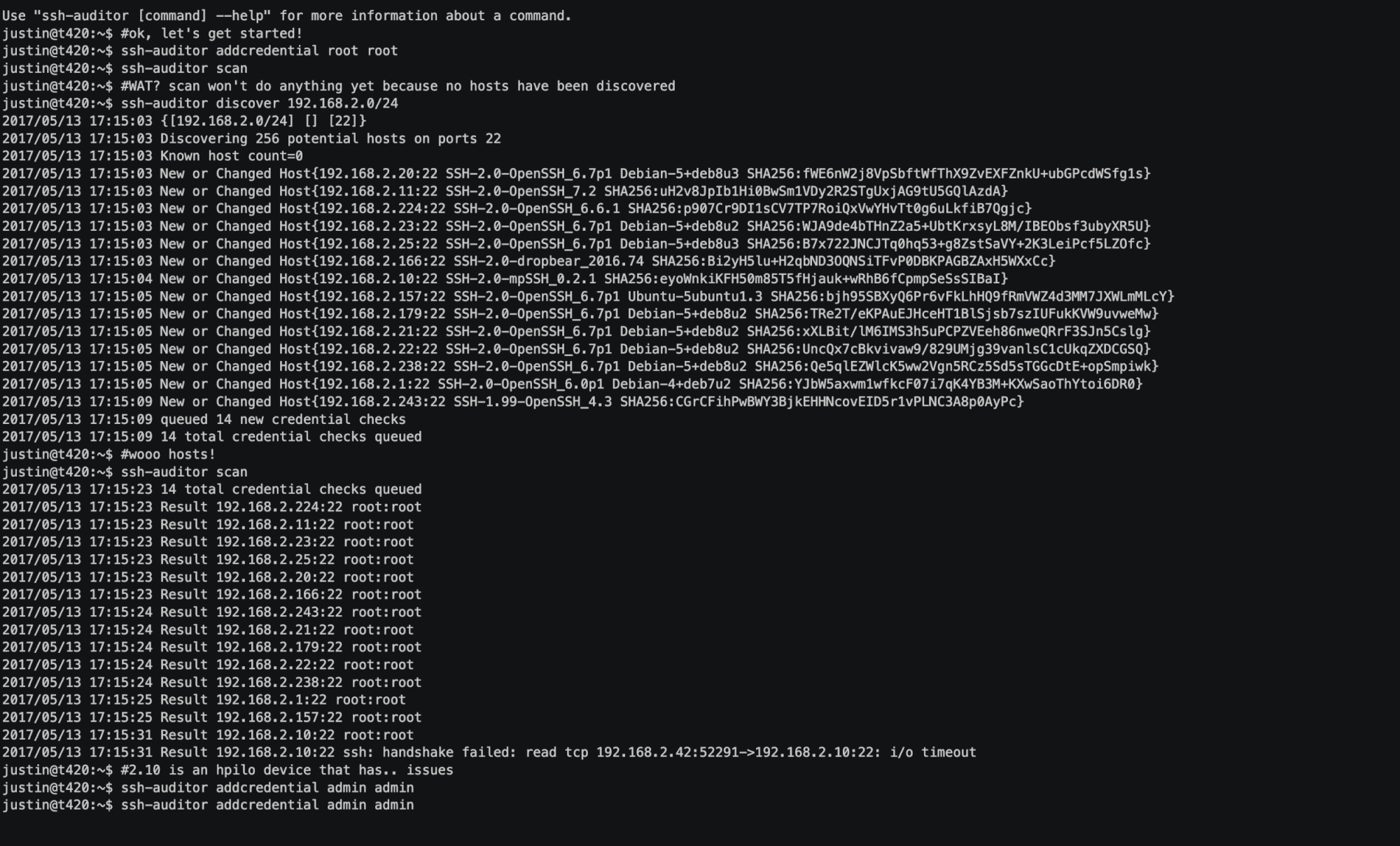Decoding Encoded Text: Understanding And Fixing Issues
Can the relentless march of time truly be halted? The answer, as complex as the human body itself, is no, but understanding the process of aging and the factors that influence it allows us to navigate its effects with greater awareness and agency.
Our skin, a visible canvas of time, offers a tangible illustration of this journey. It's a dynamic organ, constantly renewing itself, yet bearing the marks of our experiences. Fifteen years ago, the texture, tone, and resilience of your skin were likely different than they are today. This transformation isn't simply a matter of passing years; it's a complex interplay of internal and external forces.
The realm of digital connectivity offers a fascinating parallel. Just as our skin reacts to the environment, our digital lives are shaped by the protocols and architectures that govern them. Consider the seemingly simple act of accessing a device remotely, a task often taken for granted, yet underpinned by intricate technical foundations. The evolution of remote access technologies reflects the broader trend towards increasingly interconnected and "untethered" experiences. From the early days of dial-up connections to the sophisticated, secure environments we have today, we see how we have adapted to a digital world.
| Aspect | Details |
|---|---|
| Ageing Factors |
|
| Digital World parallels |
|
| Supporting Resources | Mayo Clinic - Aging |
The concept of "information and translations" expands into the vast landscape of language and its digital representation. The availability of comprehensive dictionary definitions and translation resources has revolutionized the way we access and process information globally. This capability is at the very heart of how international exchange and collaboration takes place in a connected world. Digital tools help overcome barriers of language and culture.
One of the key technologies facilitating this interconnectedness is SSH, or Secure Shell. SSH serves as a dependable, secure method for controlling devices remotely, particularly within the context of the Internet of Things (IoT). Imagine a popular Raspberry Pi device. With SSH, you can interact with your IoT devices from anywhere in the world, building on a firm foundation of security and reliability.
SSH allows the ability to interact with devices through the encrypted secure tunnel. This feature makes secure remote access possible, enabling secure client authentication. Web-based client tools make the process of SSH access even more accessible.
For developers, the ability to connect to IoT devices via a web browser is invaluable. The remoteiot platform, for example, provides a user-friendly interface for managing these connections. The web SSH client allows you to access devices from virtually anywhere with a standard web browser.
The steps to access an IoT or Raspberry Pi device from a browser typically involve setting up an SSH server on the device and configuring port forwarding or a similar mechanism to allow access from the outside world. Once configured, secure access is just a browser away.
The dependability of SSH for securely controlling IoT devices, such as the Raspberry Pi, is well-established. SSH is not only a robust protocol but also widely supported, making it a practical choice for developers of all skill levels. From basic setups to advanced configurations, this flexibility makes it an indispensable tool for interacting with devices remotely.
The fundamentals of SSH and its applications in remote IoT environments can be understood in steps. The key is understanding that SSH creates a secure tunnel to the device. SSH on Raspberry Pi can be configured. The concept of remote access, setup, and configuration are the steps to follow in setting up SSH. This is a very secure way to interact with your IoT devices.
For example, the remoteiot vpc ssh raspberry pi solution offers numerous security advantages that make it an ideal choice for managing IoT devices remotely. The security layers ensure that both data and device access remain protected from unauthorized access and potential threats. This provides a strong security posture and makes it a favorite amongst developers and security professionals alike.
The rise of the "untethered" individual reflects a paradigm shift in how we live, work, and interact. This freedom is fueled by technologies that allow us to buy and rent movies online, download software, and share and store files on the web.
Digital connectivity enables all forms of interaction and transaction. The way information is stored and how it is translated has evolved. The methods of storing the data for various digital platforms has become far more secure and robust.
The challenges of digital transformation come into focus when considering encoding issues. Character encoding, which dictates how text is represented digitally, can lead to problems when different systems interpret characters differently. This is especially true in web development, where diverse platforms and languages interact. The common errors associated with incorrect character encoding can often manifest as garbled text, where characters appear as unexpected sequences of letters and symbols.
The errors can often be fixed by the appropriate SQL queries to be used to fix any encoding problem. Conversion to binary and then to UTF8 is the commonly applied resolution.
The issue is evident when an application displays a sequence of Latin characters when there is an expected character. This can happen when a web page in UTF8 contains special characters such as accents, tildes, and interrogations.
This digital world comes with its own set of challenges. The errors are typically fixed by SQL queries that fix the character set problems. The understanding of correct character encoding has become more crucial in digital design. The transformation of text data is a well established method in digital communication.


